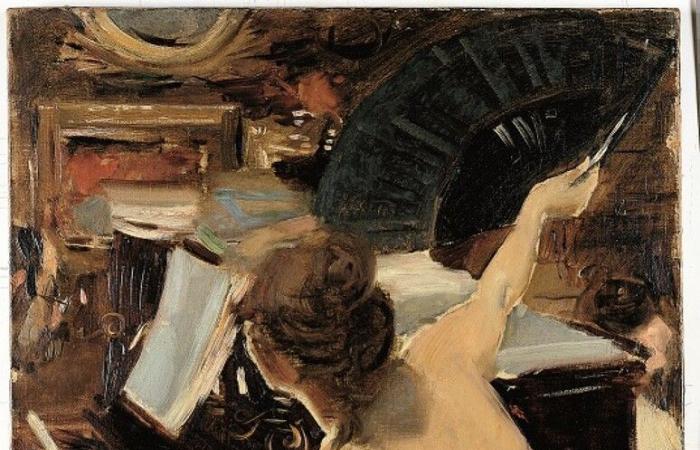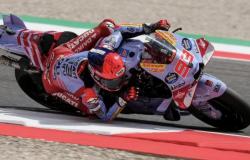A summer full of cultural experiences awaits in the heart of Carrara.
Among the bright white marble of its quarries, Palazzo Cucchiari offers an interesting exhibition entitled “Belle Époque.
The Italian painters of modern life”, a journey that highlights the artists who established themselves in the Italian artistic panorama between the end of the nineteenth century and the beginning of the twentieth century.
The post-Italian unification era was the reason for numerous changes in the artistic field.
It marked a clear break with the previous Romantic period, paving the way for an evolution of taste that followed in the footsteps of the French “Belle Époque”.
A period of cultural ferment, which saw the entrepreneurial urban bourgeoisie and the liberal aristocracy in the foreground in the construction of a New Italy.
The exhibition offers a review of the main exponents of the era in question, from Lega to Boldini, passing through Nomellini, De Nittis and Balla.
The visitor will have the opportunity to immerse himself in the works of these artists, as well as others less known to the general public, such as Signorini, Spadini, Pellizza da Volpedo, Zandomeneghi and Corcos, without forgetting the creations of Antonio Mancini, Tranquillo Cremona, Moses Bianchi, Emilio Longoni, Angelo Morbelli, Gaetano Previati, and many others.
The pictorial itinerary, full of almost a hundred works including paintings on canvas, on wood, watercolours, pastels and sculptures in bronze and plaster, invites you to follow the traces of the changes in painting after the unification of Italy.
It is a moment of great artistic effervescence, marked by the overcoming of regional schools and the desire to create a national imprint.
From the last vibrations of the Macchiaioli movement to the arrival of divisionism, this linear and compelling journey will lead the visitor along forty years of artistic evolution, through a temporal journey from the 1860s to 1917.
A novelty of this period was the constant and feverish search for material well-being, accompanied by an intense desire for cultural satisfaction and worldly entertainment.
The Risorgimento ideal gives way to a pragmatic and realistic culture, attentive to urban everyday life but still refined and refined.
In this scenario, the exhibition “Belle Époque.
The Italian painters of modern life” offers the visitor the opportunity to engage with a fundamental chapter in the history of Italian art, marked by a regeneration of themes and figurative language, not separated from the political and social ferment of the time.
In short, it is an unmissable event for art enthusiasts, who will be able to immerse themselves in the vitality of the Italian “Belle Époque”, contributing to the valorization of our very rich cultural heritage.
An exhibition that brings together and betrays, that proposes and breaks down, that reveals and hides, but which, in any case, stimulates and intrigues, arousing unique emotions.






